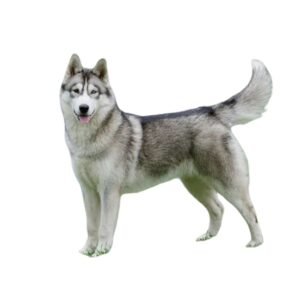
Siberian Husky: The Strong, Energetic, and Independent Companion
The Siberian Husky is a striking, energetic breed known for its thick double coat, piercing blue or multicolored eyes, and friendly demeanor. Originally bred as sled dogs in harsh Arctic conditions, Huskies are famous for their endurance, strength, and lively personalities. They are independent, intelligent, and friendly, making them excellent companions for active individuals or families.
Physical Characteristics:
- Size: Medium-sized breed, typically weighing between 35-60 pounds (16-27 kg).
- Height: Stands around 20-24 inches (51-61 cm) at the shoulder.
- Coat: Siberian Huskies have a thick double coat designed to protect them from the cold. Their coat comes in various colors, including black, gray, red, and pure white, with distinctive markings on their face and body. Huskies shed heavily, especially during seasonal changes, and require regular grooming to keep their coat in good condition.
- Build: Huskies have a strong, athletic build with a well-muscled body designed for endurance. They have a wedge-shaped head, erect triangular ears, and a curled tail that rests over their back. Their eyes are typically almond-shaped and can be blue, brown, or even one of each.
Personality:
- Temperament: Siberian Huskies are friendly, outgoing, and good-natured dogs. They are social and enjoy being around people and other dogs. However, they can be independent and sometimes stubborn, making training a bit more challenging. Despite this, they are loyal and affectionate with their families.
- Energy Level: Very high; Huskies are extremely active dogs that require plenty of exercise. They were bred for pulling sleds long distances, so they have the stamina and energy to keep up with vigorous activities like running, hiking, or pulling. Without enough physical and mental stimulation, they can become bored and destructive.
- Intelligence: Huskies are intelligent dogs but can be independent and occasionally stubborn. This can make training a challenge, but they respond well to consistent, positive reinforcement methods.
- Social Nature: Siberian Huskies are typically good with children and other pets, but their strong prey drive means they should be supervised around smaller animals like cats. They can be vocal and may not be the best guard dogs since they are usually friendly with strangers.
Health:
- Lifespan: Typically live between 12-15 years.
- Common Health Issues: Huskies are generally healthy but can be prone to conditions like hip dysplasia, eye issues (including cataracts and progressive retinal atrophy), and hypothyroidism. Regular vet visits and a healthy diet are essential for maintaining their well-being.
Care:
- Exercise Needs: Huskies are highly energetic and require plenty of exercise. Daily walks, runs, and play sessions are essential to keep them happy and healthy. They thrive in environments where they can burn off their energy, like large yards or open spaces.
- Grooming: Due to their thick double coat, Huskies shed heavily, particularly during seasonal coat changes. Regular brushing is required to prevent matting and to manage their shedding. Huskies are relatively low-maintenance in terms of bathing, as their coat naturally repels dirt.
- Training: Training a Siberian Husky requires patience and consistency, as they can be independent and sometimes aloof. Positive reinforcement works best, and early socialization is essential to ensure they are well-adjusted and well-behaved.
The Siberian Husky is an energetic, friendly, and independent breed that requires an active lifestyle and plenty of attention. They make wonderful companions for those who can meet their exercise and training needs. With the right care and environment, Huskies are loyal, affectionate, and fun-loving members of the family.

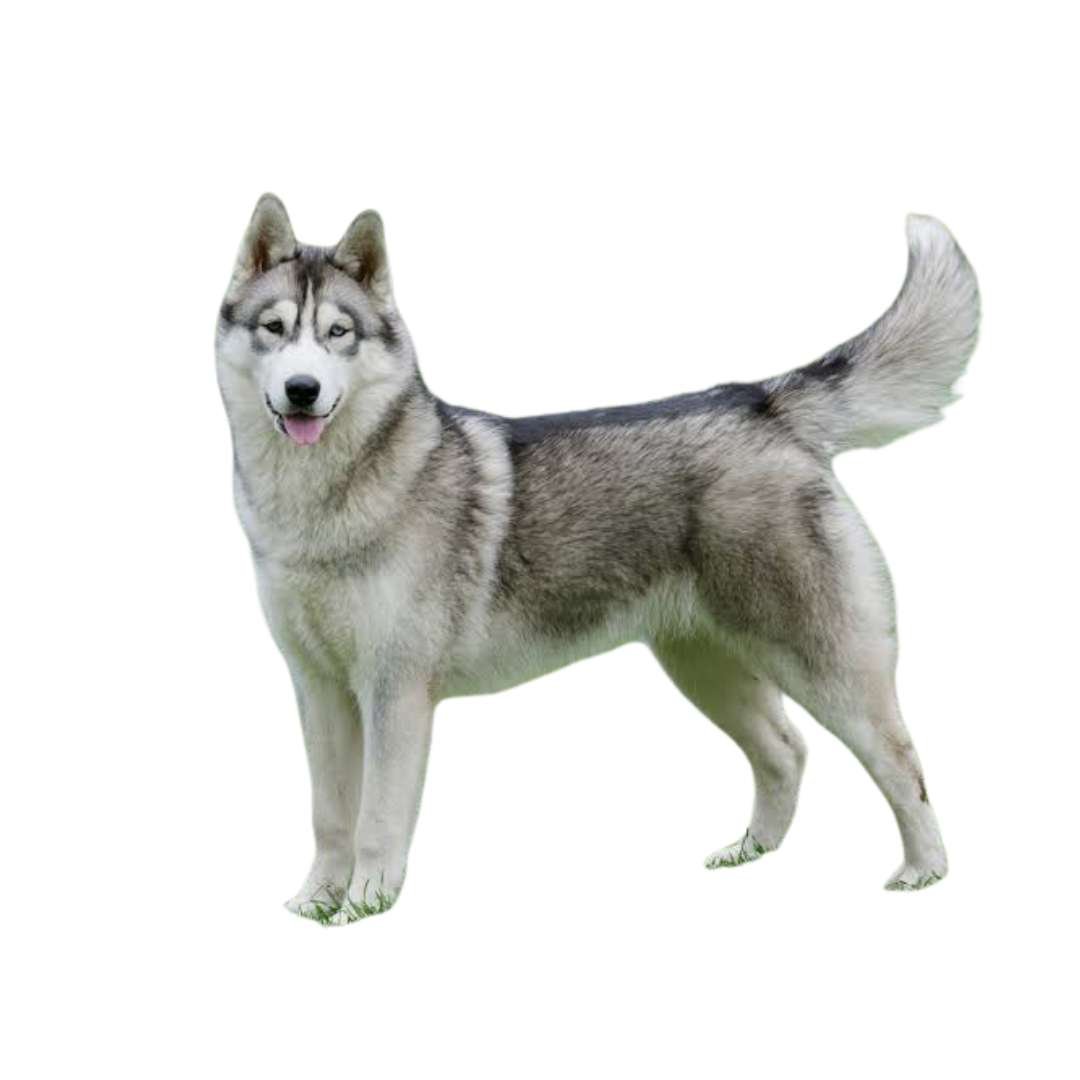

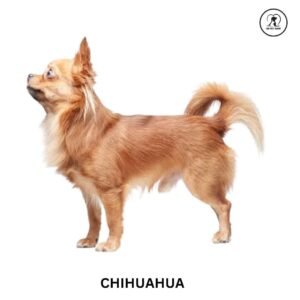
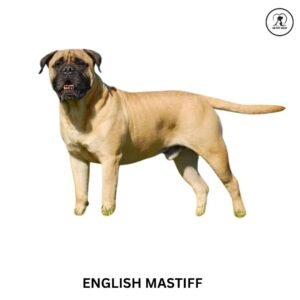
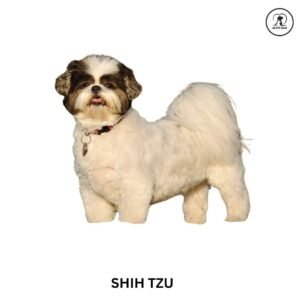
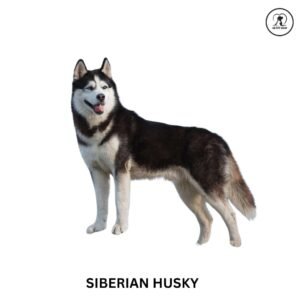
Reviews
There are no reviews yet.